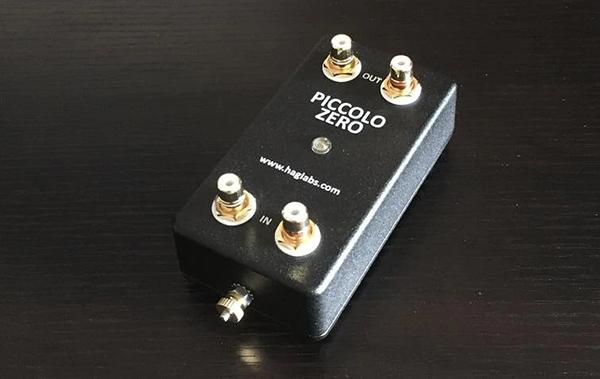I admit to not getting that part: "which is said to be desirable for its improved tracking ability..."
Another question: how does this happen - "I may not prefer it for Earth, Wind & Fire, but Patricia Barber and Miles Davis? Absolutely!”
It's not good on complex musical signal? It's "slow?"
I am sure there are parts I didn't grok.
























































